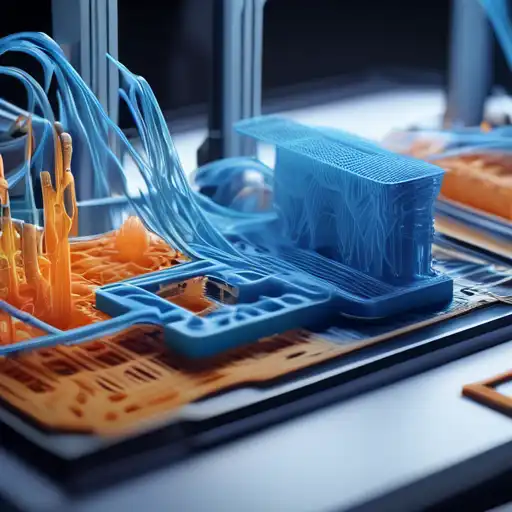The Dawn of a New Manufacturing Era
3D printing, also known as additive manufacturing, has emerged as a groundbreaking technology that is reshaping industries, from healthcare to aerospace. By building objects layer by layer, it offers unparalleled flexibility in design and production, opening up new possibilities for innovation and customization.
How 3D Printing Works
At its core, 3D printing involves creating three-dimensional objects from a digital file. The process starts with designing a model using CAD software, which is then sliced into thin layers by specialized software. The printer reads these layers and deposits material, such as plastic, metal, or resin, one layer at a time until the object is fully formed.
The Benefits of 3D Printing
One of the most significant advantages of 3D printing is its ability to produce complex shapes that would be impossible or too expensive to make with traditional manufacturing methods. Other benefits include:
- Reduced waste, as it only uses the material needed to create the object
- Lower costs for prototyping and small production runs
- Customization at no additional cost
- Speed, from design to production
Applications Across Industries
3D printing is not just for prototypes anymore. It's being used to manufacture final products in various sectors:
- Healthcare: Custom prosthetics and dental implants
- Aerospace: Lightweight components for aircraft
- Automotive: Custom parts and tools
- Fashion: Unique jewelry and clothing
Challenges and Future Directions
Despite its potential, 3D printing faces challenges such as material limitations and the need for faster printing speeds. However, ongoing research and development are addressing these issues, paving the way for more widespread adoption.
As we look to the future, 3D printing is set to play a pivotal role in the next industrial revolution, offering sustainable and efficient manufacturing solutions. Its ability to democratize production and foster innovation is unparalleled, making it a key technology to watch in the coming years.
For more insights into the latest technological advancements, check out our technology trends section.
